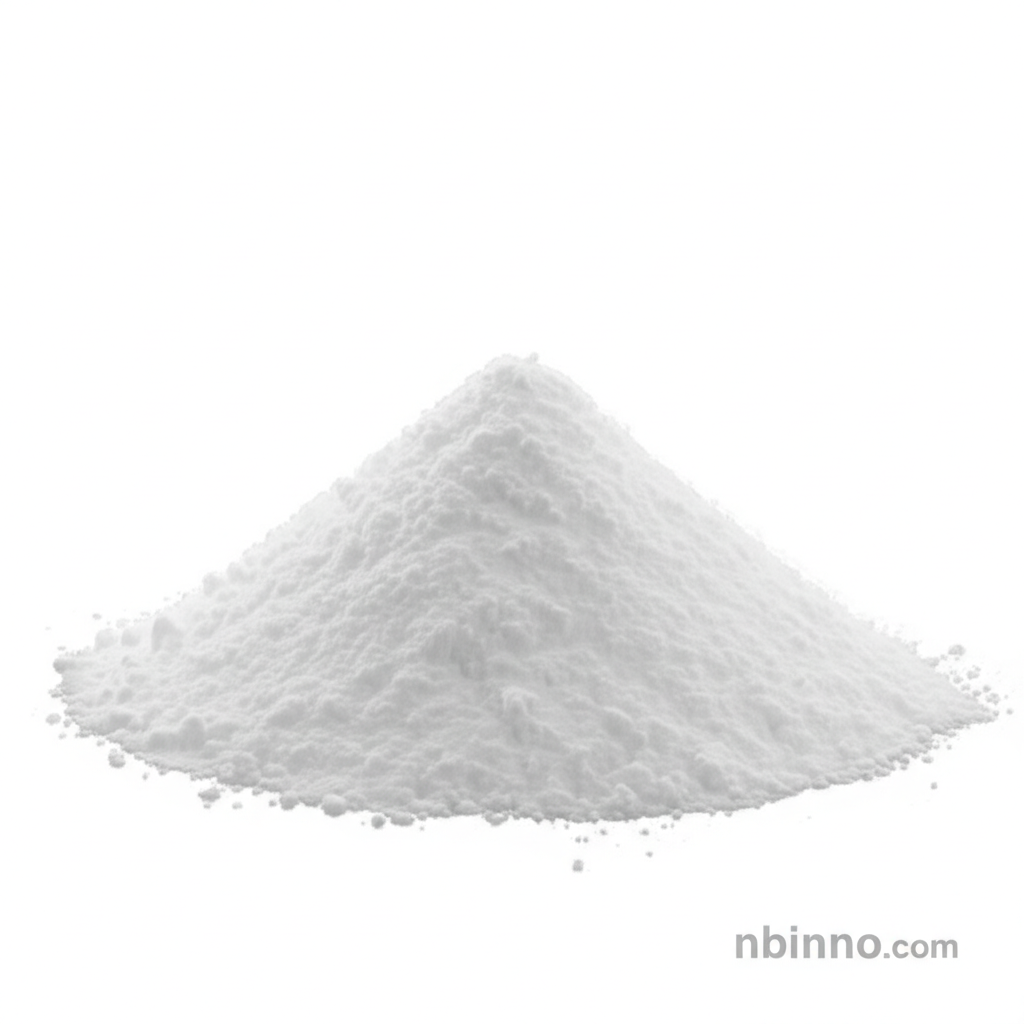Unlocking Superior Performance with BIPB Crosslinking Agent
Discover the advanced crosslinking solution that elevates your rubber and plastic products.
Get a Quote & SampleProduct Core Value

Bis(tert-butyldioxyisopropyl)benzene Peroxide
This versatile agent significantly enhances the properties of various polymers, offering superior performance and reduced odor compared to traditional agents. It is crucial for achieving desired mechanical strength and thermal stability in demanding applications.
- Leverage the benefits of BIPB crosslinking agent for EPDM to achieve enhanced tensile strength and elongation.
- Utilize this odorless crosslinking agent for EVA applications, ensuring a pleasant processing environment and end-product.
- Experience improved heat resistance and durability in silicone rubber by incorporating the BIPB chemical.
- Understand the advantages of BIPB over DCP for improved compression deformation at high temperatures in your formulations.
Product Advantages
Reduced Odor Profile
Experience a cleaner processing environment and improved final product odor, setting it apart as an excellent odorless DCP alternative.
Enhanced Material Properties
Achieve superior mechanical properties, including increased hardness, breaking strength, elongation, and tear strength, crucial for high-performance rubber additives.
Superior Thermal Stability
Benefit from improved resistance to degradation at elevated temperatures, making it ideal for applications requiring long-term durability.
Key Applications
Automotive Rubber Components
Effectively used as a crosslinking agent for rubber and plastics in the automotive industry, ensuring reliability in parts like hoses and seals.
EVA Foaming Processes
Perfect for shoe IP and MD applications, this agent is vital for supercritical foaming processes, yielding high-quality results.
High-Performance Plastics
Enhance the properties of nylon elastomers, POE elastomers, and OBC elastomers, making them suitable for demanding industrial uses.
Specialty Rubber Formulations
Ideal for specialized materials such as hydrogenated butadiene, fluorine, and perfluoro rubbers, and chlorinated polyethylene.
